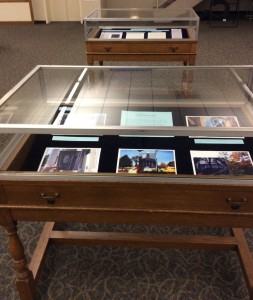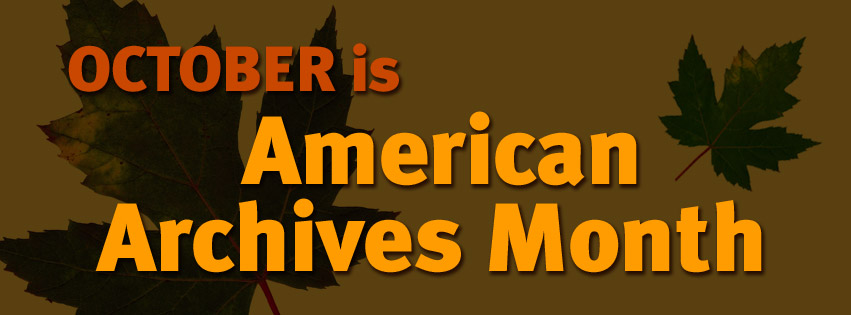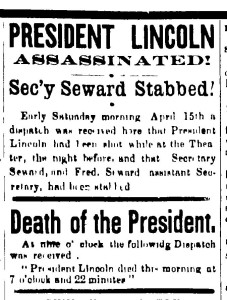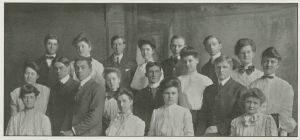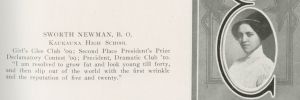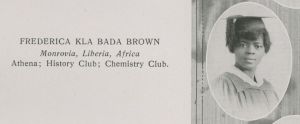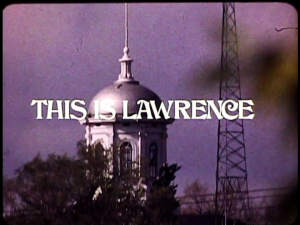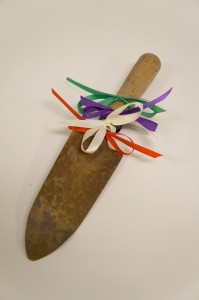We are excited to announce that a new set of 16mm films from the LU Archives has recently been digitized and made available on YouTube, thanks to a gift from Mary Jo Powell ’75. The nine films added to the digitized collection span from 1927 to 1973 and include amateur footage as well as professional productions. Some of our favorites include:
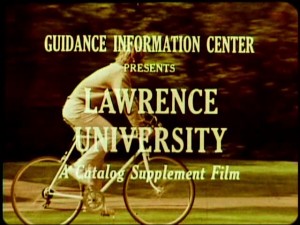
- Milwaukee-Downer College scenes, circa 1928-1930
- Homecoming scenes, circa 1939
- Lawrence College Concert Choir, circa 1958
- Lawrence University catalog supplement film, 1973
Each film is a unique and very meaningful record of a time and place in Lawrence and Milwaukee-Downer’s history. We are grateful to Archives Filmworks for completing the digitization and preservation of the original films and to Mary Jo Powell ’75 for her generous support of this project!
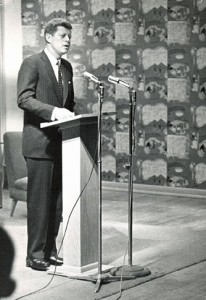
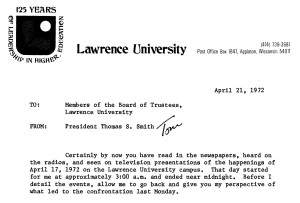
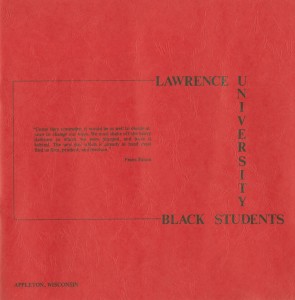
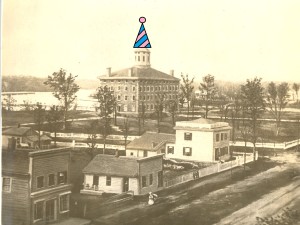 This Friday, January 15th, 2016, is Founders Day at Lawrence. It marks the 169th anniversary of the granting of Lawrence’s charter by the Wisconsin Territorial legislature. In honor of this occasion, we’re hosting an Archives Open House!
This Friday, January 15th, 2016, is Founders Day at Lawrence. It marks the 169th anniversary of the granting of Lawrence’s charter by the Wisconsin Territorial legislature. In honor of this occasion, we’re hosting an Archives Open House!